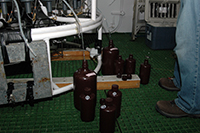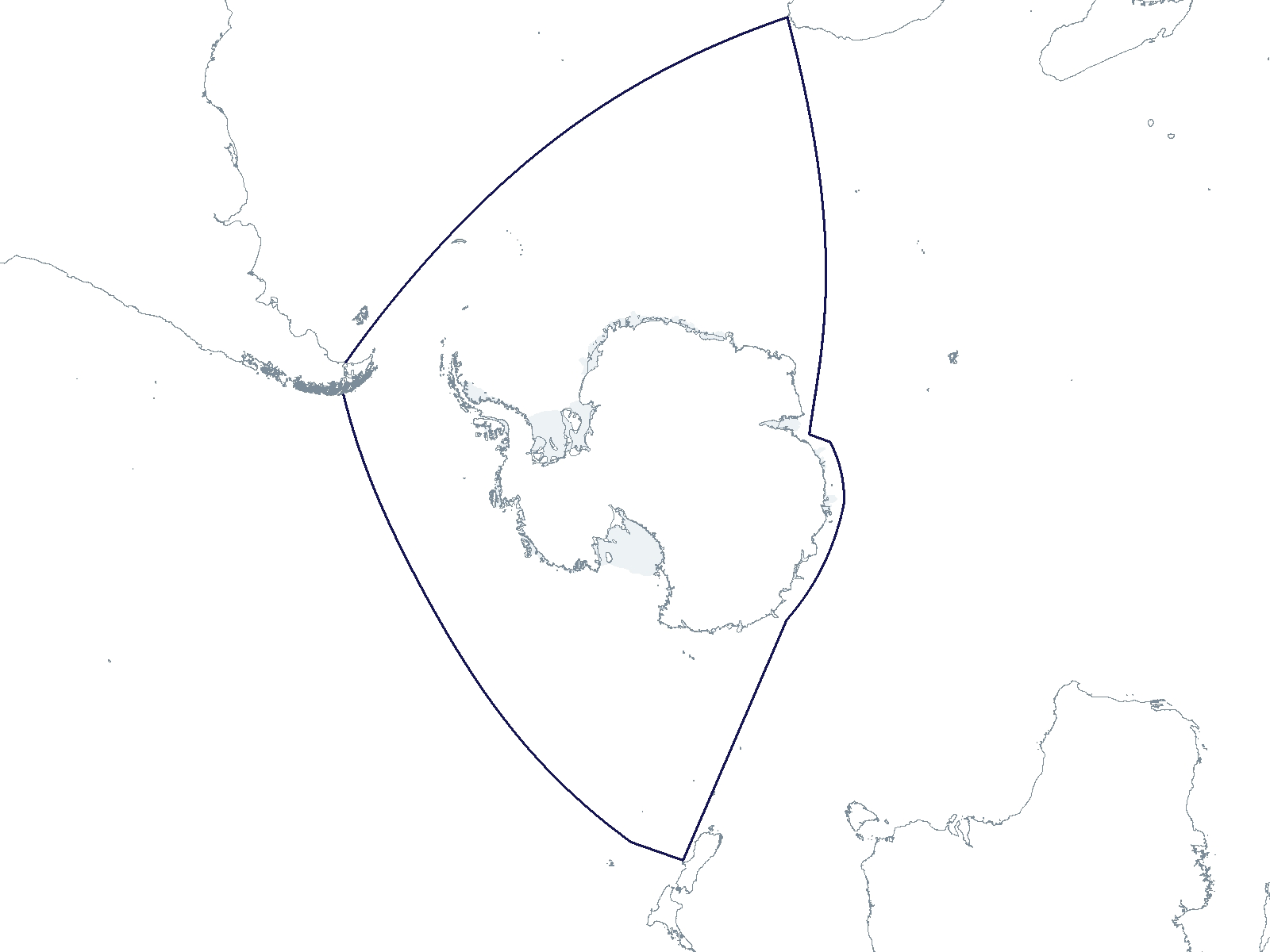2022-2023 USAP Field Season
Project Detail Project TitleSouthern Ocean Carbon and climate Observations and Modeling (SOCCOM) Summary
Event Number:
Program Director:
ASC POC/Implementer: Principal Investigator(s)
Dr. Jorge l Sarmiento
Project Web Site: Location
Supporting Stations: RV/IB Nathaniel B. Palmer DescriptionThe Southern Ocean Carbon and Climate Observations and Modeling (SOCCOM) project seeks to increase our understanding of the crucial role of the Southern Ocean in taking up anthropogenic carbon and heat from the atmosphere, and resupplying nutrients from the abyss to the surface. An observational component, based on deployment of profiling floats with oxygen, nitrate, pH and bio-optical sensors, is supplying unprecedented amounts of new biogeochemical data that provide a year-round view of the Southern Ocean from the surface to 2000m, including tracking ocean acidification, de-oxygenation, and warming processes. Collaborators are integrating these observations with high resolution ocean models to enhance our understanding of the state of the Southern Ocean and reducing uncertainty in projections of future carbon and nutrient cycles and climate. Field Season OverviewTwo participants will join the RV/IB Nathaniel B. Palmer (NBP). The SOCCOM project will deploy biogeochemical (BGC) profiling floats on scheduled USAP vessel expeditions and transits as underway science. Instrumentation includes CTD (conductivity, temperature, and depth) deployment with 12 to 24 place rosette, with participant-supplied FLBB sensor, to at least 2000 m depth and preferably deeper. Water samples from the rosette will be taken for discrete nutrients, pH, POC, HPLC and alkalinity sampling and be handled by the personnel aboard, to be shipped to Scripps Institution of Oceanography following the expedition for analysis. Discrete oxygen and salinity samples might be drawn and processed on the ship but funding is not being requested for such measurements. Shared laboratory space will be allocated for the HPLC/POC filtrations, nutrient and pH/alkalinity sample preservation, and oxygen and salinity analyses if carried out.
Deploying Team Members
|
2022-2023 Science Planning Summary



For USAP Participants |
For The Public |
For Researchers and EducatorsContact UsU.S. National Science FoundationOffice of Polar Programs Geosciences Directorate 2415 Eisenhower Avenue, Suite W7100 Alexandria, VA 22314 Sign up for the NSF Office of Polar Programs newsletter and events. Feedback Form |



